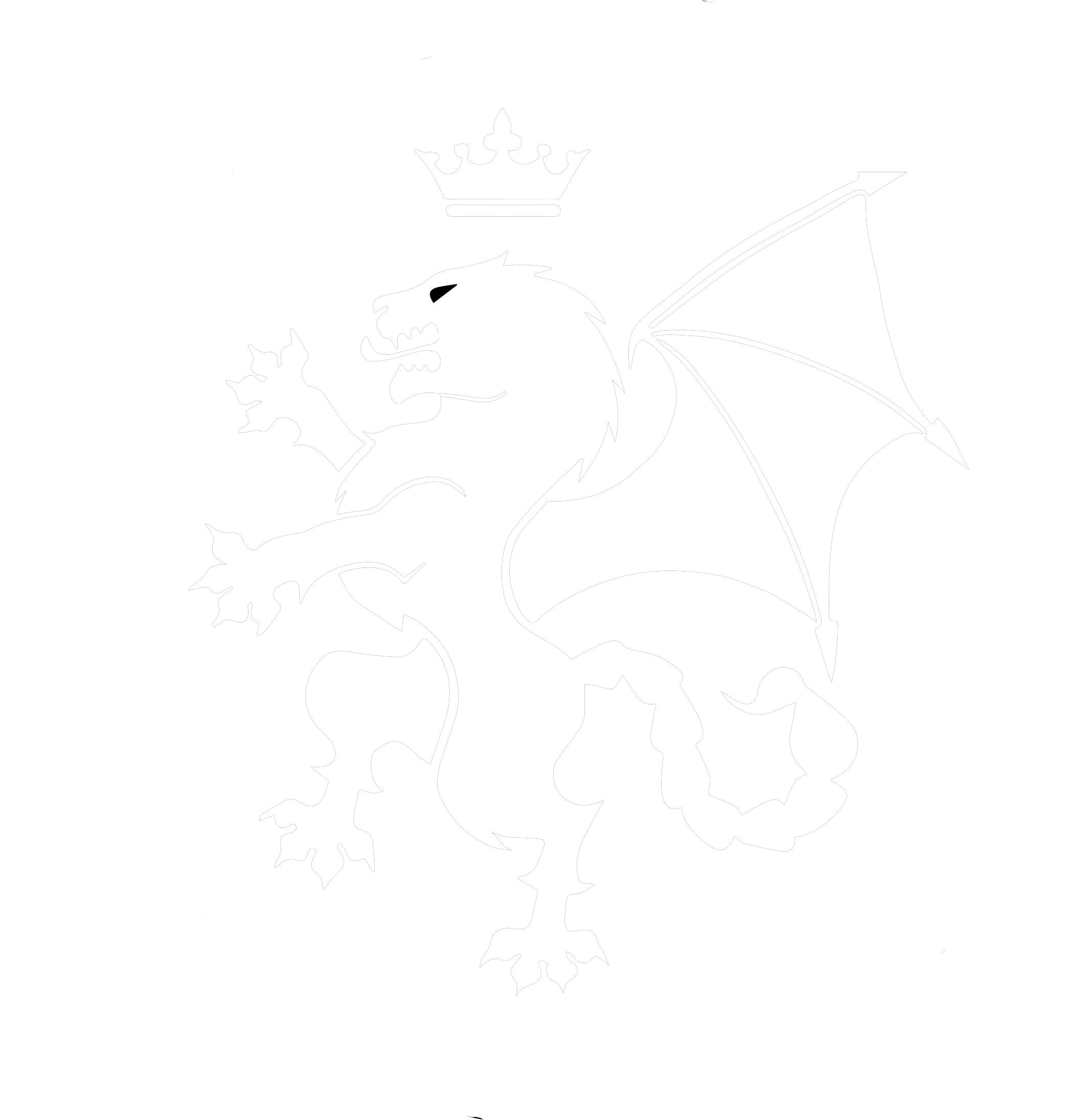Juleigh Howard-Hobson
All Irish fairies are descendants of the Tuatha De’Dannan, the original race of fairies. The Irish term ` sidhe,’ (or sometimes ‘sighe’; both are pronounced ‘shee’) is used for members of this tribe: with ‘feas-sidhe’ applied to male fairies and `ban-sidhe‘ to females.
Not all ban sidhes are Banshees, of course, but there is one Irish fairy known only by this name. While everyone has heard something of the Banshee, relatively few recognize her positive aspects.
Myths tell us that Banshees are attached to the very specific family lines of Kavanagh, O’Brien, O’Connor, O’Grady and O’Neill. The O’Neill Banshee, interestingly, is known by name: Maoveen. She is said to inhabit Shane Castle to this day, where her melancholy wails still accompany departed O’Neill souls to the other world.
As ancient Irish families intermarried, the bloodlines usually brought Banshees into the new marriages, resulting in Banshees being part of virtually every family in Ireland. What’s more, as these families left Ireland…so did their Banshees. There are many people in this world who have probably not realized it but have indeed heard a Banshee wail.
The Banshee’s wail, known as keening, (from the Irish word caoin) has regional variances—Eastern Irish Banshee’s emitted stereotypical keening: high piercing shrieks, while south western Banshees were the opposite, with low tragic singing. Northern-est Irish Banshee screeches reverberated with unpleasant banging and the northern Banshees made thin anguished wails. Since the interminglings and diaspora of their families, of course, modern Banshee caoins run the gamut of sounds. Most people don’t notice any but the eeriest.
This wail is regarded by the majority of people as an evil sound made by a black deathly spectre. There is nothing further from the truth.
Banshees are benevolent. Like the Norse ancestral female spirits called Disir, the Banshee loves her family and can be seen as a specifically tasked guardian of each member. Her wails are not intended to harm or even frighten—they are akin to galder, (from the Norse term galdr, incantation), sounds that magically affect reality. Banshee shrieks not only alert families that someone in them is about to leave this world (kindly, the person about to die will not hear the keening) giving relatives time to prepare, but the shrieks also ward away bad spirits—like bells affixed in Christian Churches, ringing out both to call in the faithful and to drive out any lingering malevolent essences.
Not all Banshees are experienced through their keenings. Sometimes people are able to see them (again, it is said that the person to die next will not see the Banshee). Banshees have a triple aspect in keeping with their European/Celtic femininity. They embody the maiden, the mother, and the crone, shifting their appearance between these, sometimes appearing as a lovely red-haired woman in a green dress, a beautiful pale lady in a white dress or an old woman with long tangled gray hair and rotten teeth. She will usually have a shroud or a veil. She will always have a silver comb with her, and can often be seen combing her hair (this probably accounts for the misguided Irish superstition that finding a comb is bad luck).
She never harms those who hear or see her. And, as for the people she comes for, she does them no harm either.
Even those of us without a drop of the ancient lines in our blood may one day come upon her, keening for a relative who happens to possess those old distinct lines. If you do, don’t worry, and don’t be frightened…simply remember what W. B. Yeats, Irish poet, and nationalist, famously wrote: “You will with the banshee chat, and will find her good at heart.”
What more could any mortal ask of a daughter of Tuatha De’Dannan?

